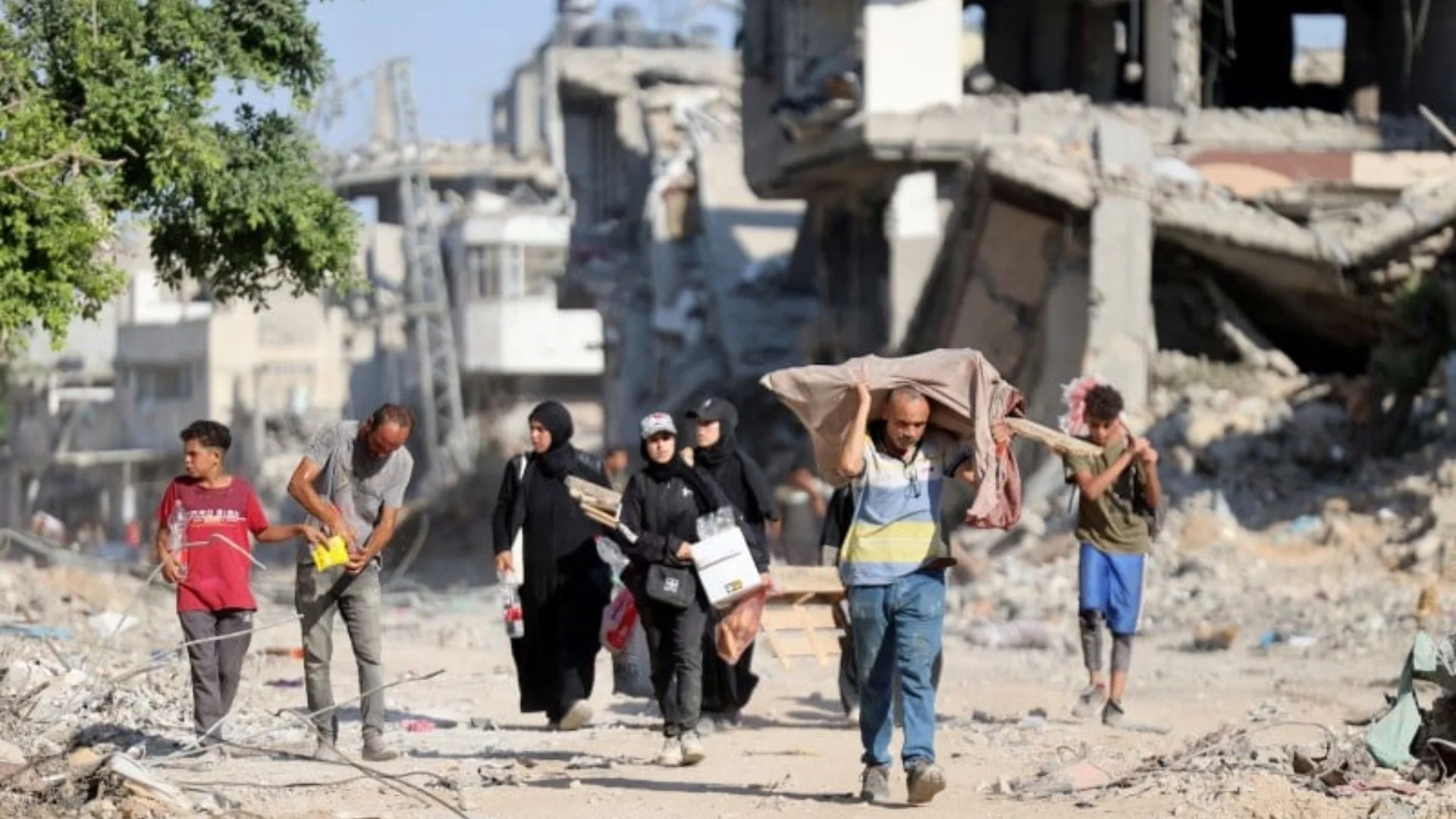
The citizens of Skardu are expected to suffer from severe water shortages as the water level in Sadpara dam, a key dam in the region, has dropped to a dead level, Dawn reported.
The Sadpara dam, city’s sole water source, supplies water for irrigation, drinking, and other uses as well as for producing electricity. Drinking water is being only provided to Skardu town during Sehri and Iftar hours due to the shortage.
A local named Shakoor Abdullah told Dawn that the residents of Skardu are currently experiencing power outages lasting up to 22 hours and water shortages lasting 20 hours.
Ishaq Jalal, one of the million residents of Skardu, claimed that the water crisis has gotten worse since the beginning of Ramzan. He said that only at Sehri and Iftar do citizens have access to drinking water.
Jalal claimed that diverting water from surrounding streams into the dam was the only way to alleviate the shortfall. However, despite decades, the plan had not been materialised.
Skardu’s water and power supply has been neglected, and locals have criticised Water and Power Development Authority (WAPDA) officials for their poor management.
According to a WAPDA official, the water level in the Sadpara dam has reached a dead level at this time.
“Drinking water is being given to Skardu at specific hours following the reduction in water level,” he said.
The official claimed that during the summer, water from melting glaciers flows into the dam.
From May through October, the inflows are consistent and sufficient to meet the demands for agriculture and drinking water as well as the production of electricity, he said.
A WAPDA official told Dawn that from October to May, inflows significantly decrease and the authorities must rely on water reserves to meet local demand.
The official also mentioned that poor weather caused uneven water flow from melting glaciers last summer. As a result, the dam could not be filled to its capacity.
The WAPDA official further said that low water levels also resulted in decreased water flow, which inhibits the Hydro Power Station’s ability to generate electricity and causes load shedding. He forewarned that because the reservoir is currently at the dead level and won’t get better until the summer when the glaciers begin to melt, the scarcity was anticipated to last until May, Dawn reported.
Major parts of Balochistan province in Pakistan are suffering an acute shortage of drinking water as the filtration plants installed by the regime have gone out of order due to poor maintenance, The Express Tribune reported.
The report quoted a civil society member who said, “Only 25 per cent of Balochistan’s dwellers have access to clean drinking water.”
Locals have urged the government to restore the non-functional water filtration plants so that they can have access to drinking water.
Earlier, Balochistan Chief Minister Abdul Quddus Bizenjo had ordered the authority concerned to repair the out-of-order filtration plants within a month.
Resolving the water issue was a top priority of the government as it had established water filtration plants in every district of the province to provide clean drinking water but they went out of order due to poor maintenance, Bizenjo had said.
This is not the first time that Pakistan has been struggling with water shortages.
Earlier, Jiye Sindh Quami Mahaz (JSQM) has taken out protest rallies against water shortage in the Sindh province.
The leaders while addressing the rally had alleged that Punjab province was conspiring to dry up Indus. They also bemoaned that the Punjab government has never gone by the 1991 water treaty on the distribution of water.
The protestors also said that the elites associated with Pakistan People’s Party (PPP) in Sindh continue getting water, however, others who are without any influence and political connection, suffer.
The water shortage in Sindh has been a great issue. Not only Sindh province but also Punjab province is facing up to 75 per cent water shortage. The Punjab province supplied 53,100 cusecs of water against its needs of 1,27,800 cusecs.















